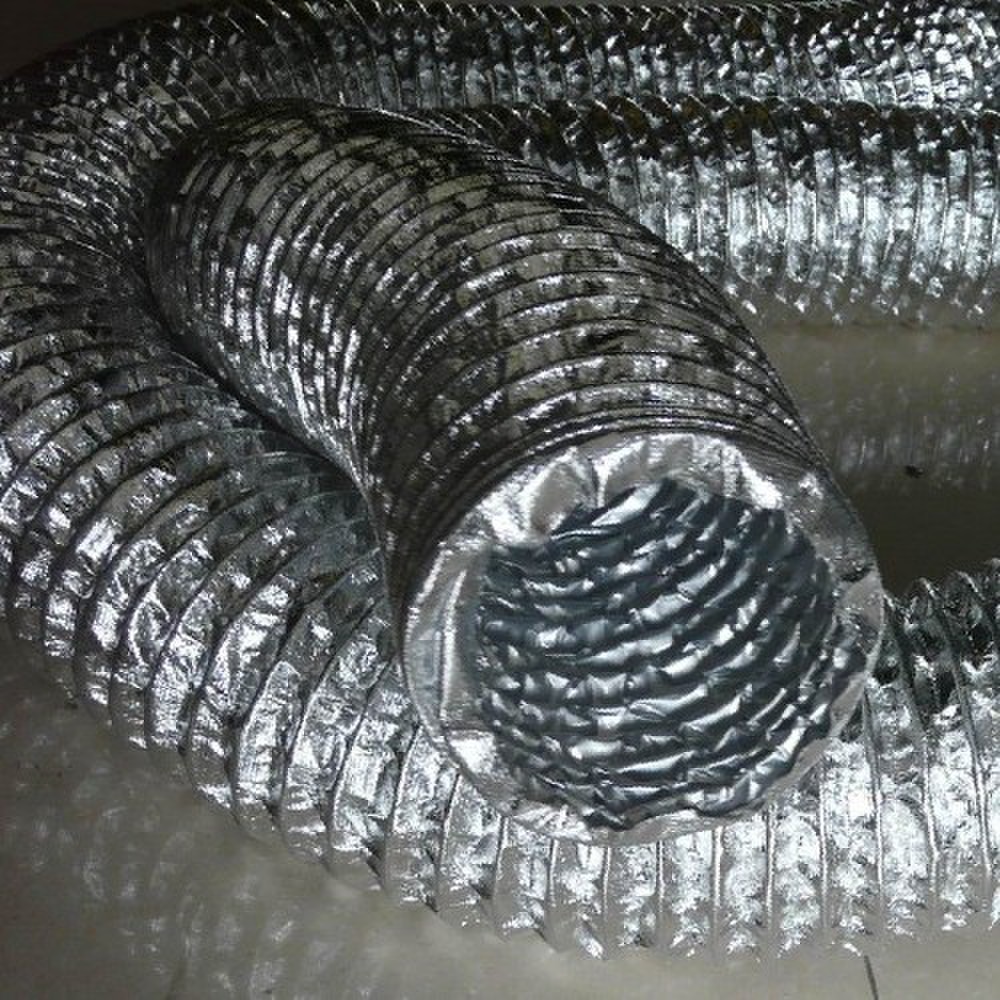flexible pneumatic tubing
Flexible Pneumatic Tubing A Guide to Its Applications and Benefits
In the realm of industrial automation and pneumatic systems, flexible pneumatic tubing plays a crucial role in efficiently transporting air and fluids. This versatile component is essential for various applications in manufacturing, automotive, and robotics sectors, significantly enhancing the performance and reliability of pneumatic systems.
Understanding Flexible Pneumatic Tubing
Flexible pneumatic tubing is designed to convey compressed air or other gases within pneumatic systems. Typically crafted from materials such as polyurethane, nylon, or polyethylene, these tubes offer a combination of strength, flexibility, and resistance to abrasion, making them ideal for diverse environments. The flexibility of pneumatic tubing allows for easy installation, even in tight spaces or complex layouts, where rigid pipes might prove cumbersome.
One of the key features of flexible pneumatic tubing is its ability to withstand fluctuations in temperature and pressure. This durability is essential in industrial applications, where operational conditions can vary. The tubing is available in various sizes and colors, enabling easy identification in complex systems and facilitating efficient routing.
Applications in Various Industries
flexible pneumatic tubing

Flexible pneumatic tubing is widely used in different sectors, including manufacturing, packaging, food processing, and automotive industries. In manufacturing settings, it is likely to be found in assembly lines, where it connects pneumatic actuators to control valves, ensuring that machines operate smoothly and effectively. Its lightweight nature reduces the overall strain on machinery and infrastructure, making it a favorite among engineers.
In the packaging industry, flexible pneumatic tubing is essential in operating machines that handle packaging tasks. From filling to sealing and labeling, the reliable transport of air and other gases facilitates the rapid movement and operation of machines, enhancing productivity. Moreover, in the food processing sector, the tubing must meet strict hygiene standards. Manufacturers often produce specialized tubing that is FDA-approved, ensuring that the materials used are safe for food contact and resistant to various cleaning agents.
Benefits of Using Flexible Pneumatic Tubing
One of the standout benefits of flexible pneumatic tubing is its adaptability. Unlike rigid pipes, which may require precise fittings and complex layouts, flexible tubing can be routed around obstacles and adjusted easily as system configurations change. This adaptability can result in significant time and cost savings during installation and maintenance operations.
Moreover, flexible pneumatic tubing is lightweight, which means it places less stress on supporting structures and facilitates easier handling during installation. Its resistance to kinks and bends contributes to an uninterrupted flow of air, thus reducing downtime caused by blockages or leaks.
In conclusion, flexible pneumatic tubing is an integral component of many industrial applications, providing essential functionality and reliability in pneumatic systems. Its versatility, durability, and ease of use make it a preferred choice among engineers and manufacturers alike. As industries continue to evolve, the demand for more efficient and adaptable pneumatic solutions will undoubtedly increase, cementing the role of flexible pneumatic tubing in future innovations.
-
Welded Wire Mesh Panel: Durable, Versatile, and AffordableNewsJul.28,2025
-
Top Quality Oxy Acetylene Hoses for Sale Fit for Welding DemandsNewsJul.28,2025
-
The Future of Pneumatic Air Tubes in IndustryNewsJul.28,2025
-
Superior and Reliable LPG Hose Pipe Solutions for Every NeedNewsJul.28,2025
-
Exceptionally Durable and Versatile Premium Braided PVC TubingNewsJul.28,2025
-
Best Adapters for Connecting Garden Hose to PVC Pipe ConnectionsNewsJul.28,2025














